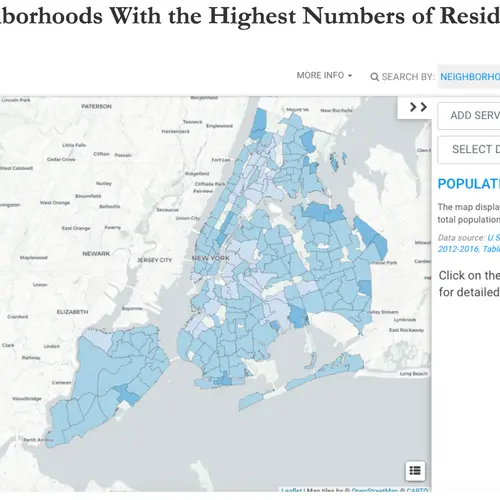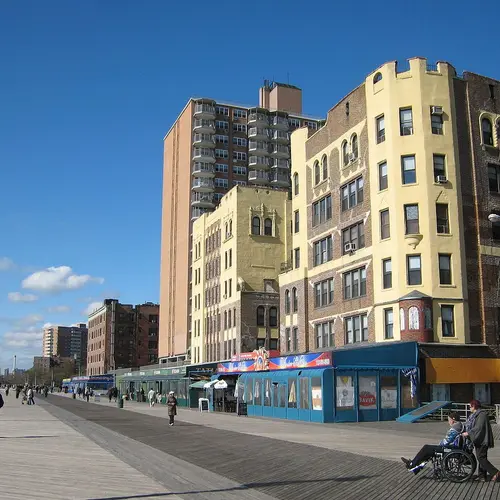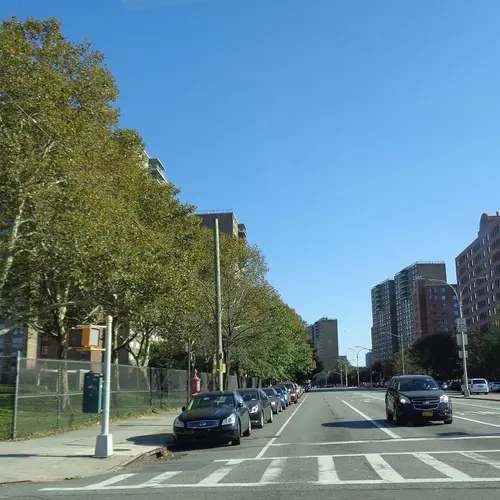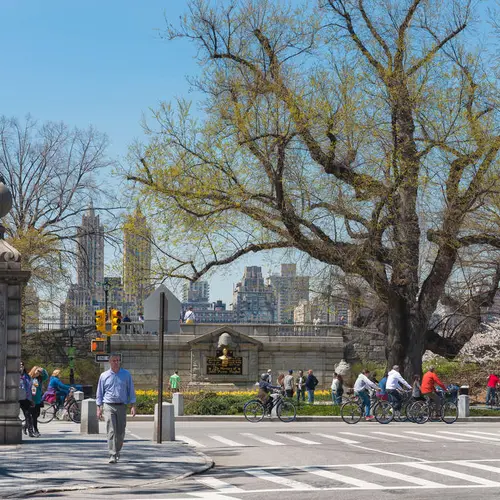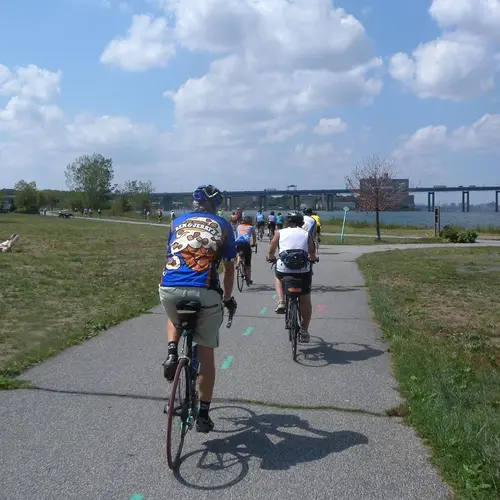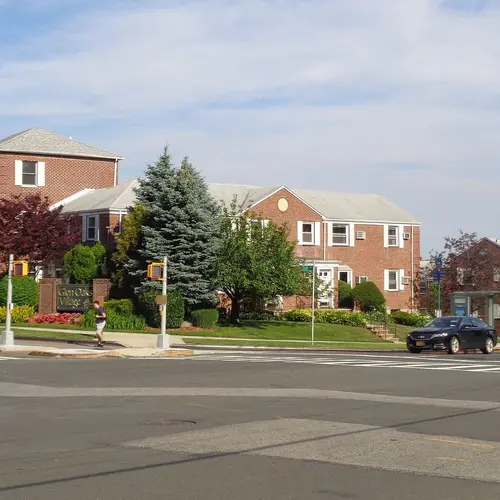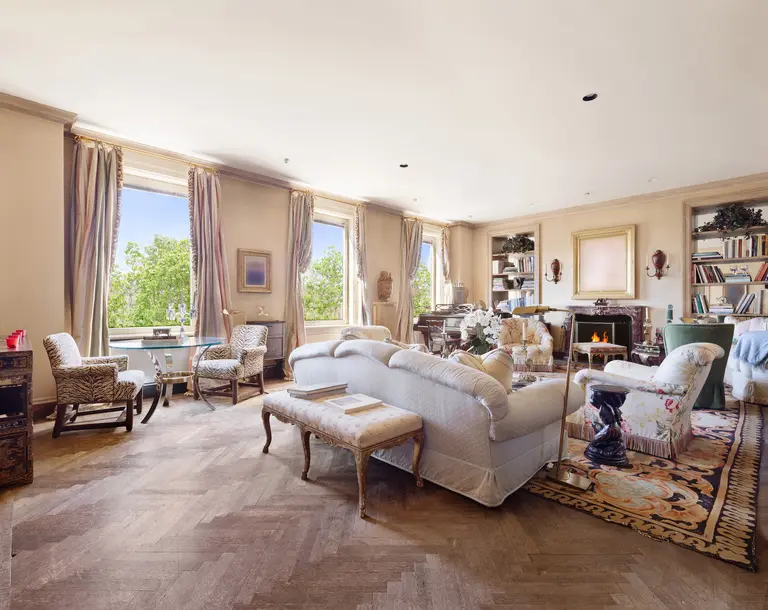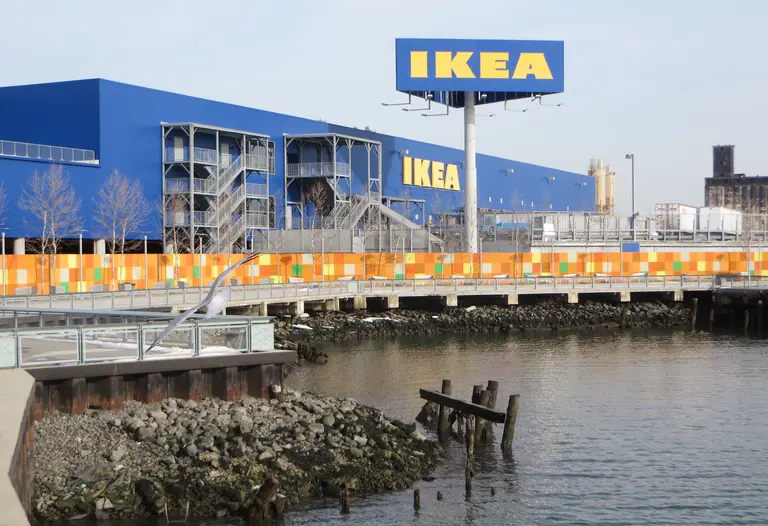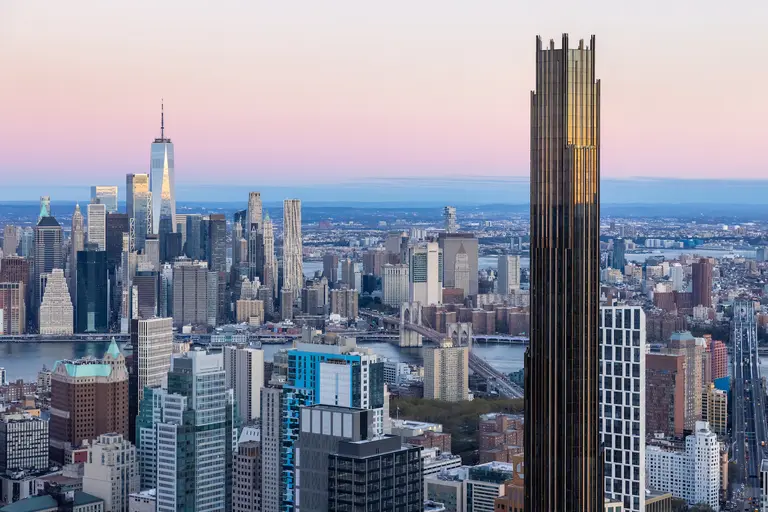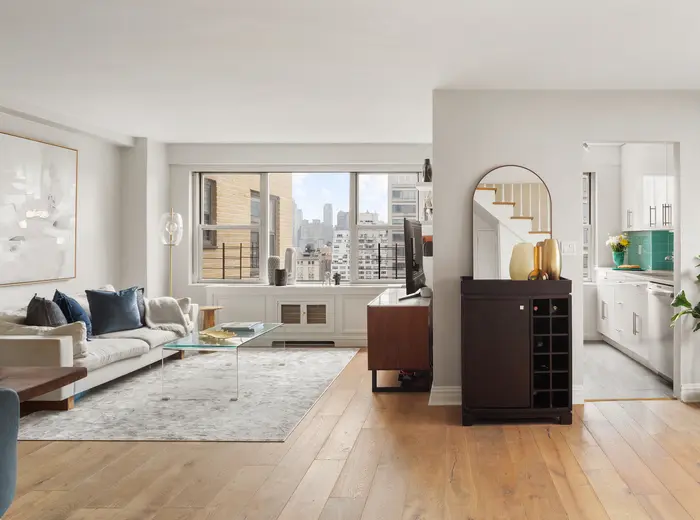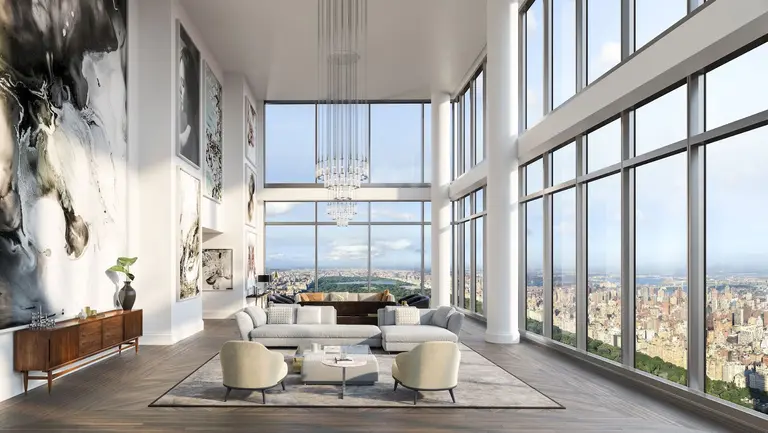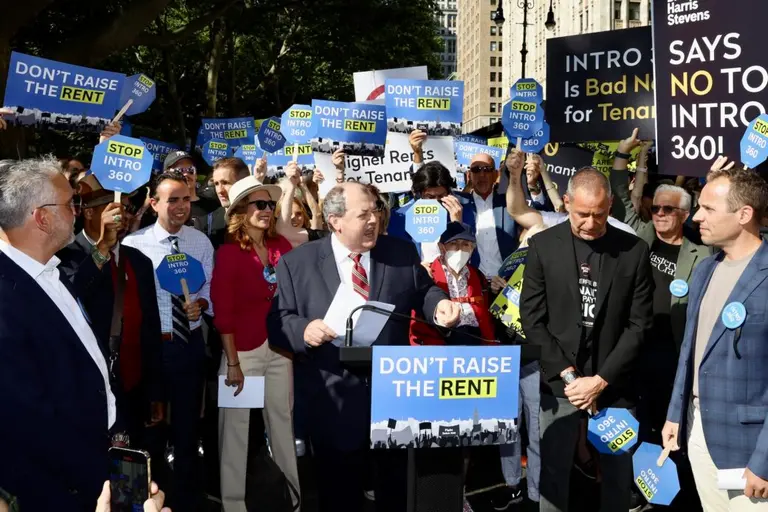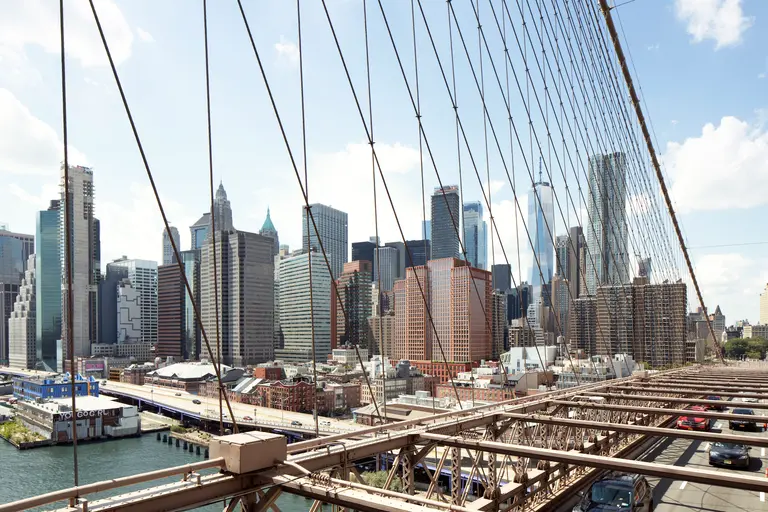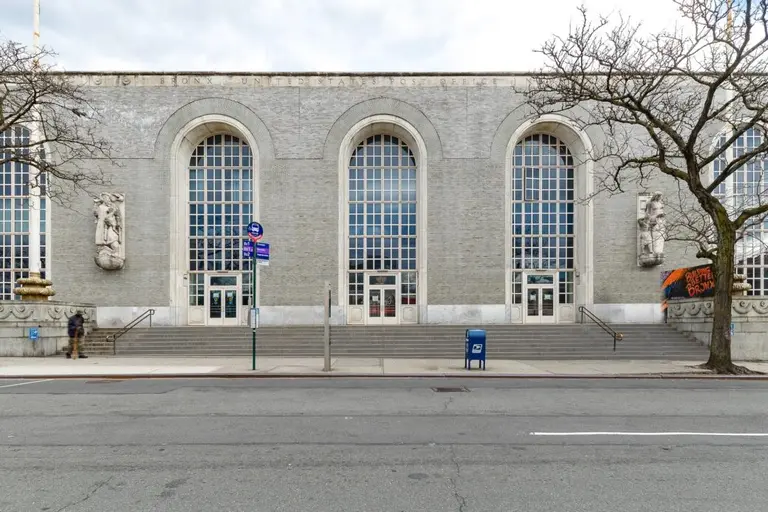Age-friendly NYC: The best neighborhoods for New Yorkers 65+
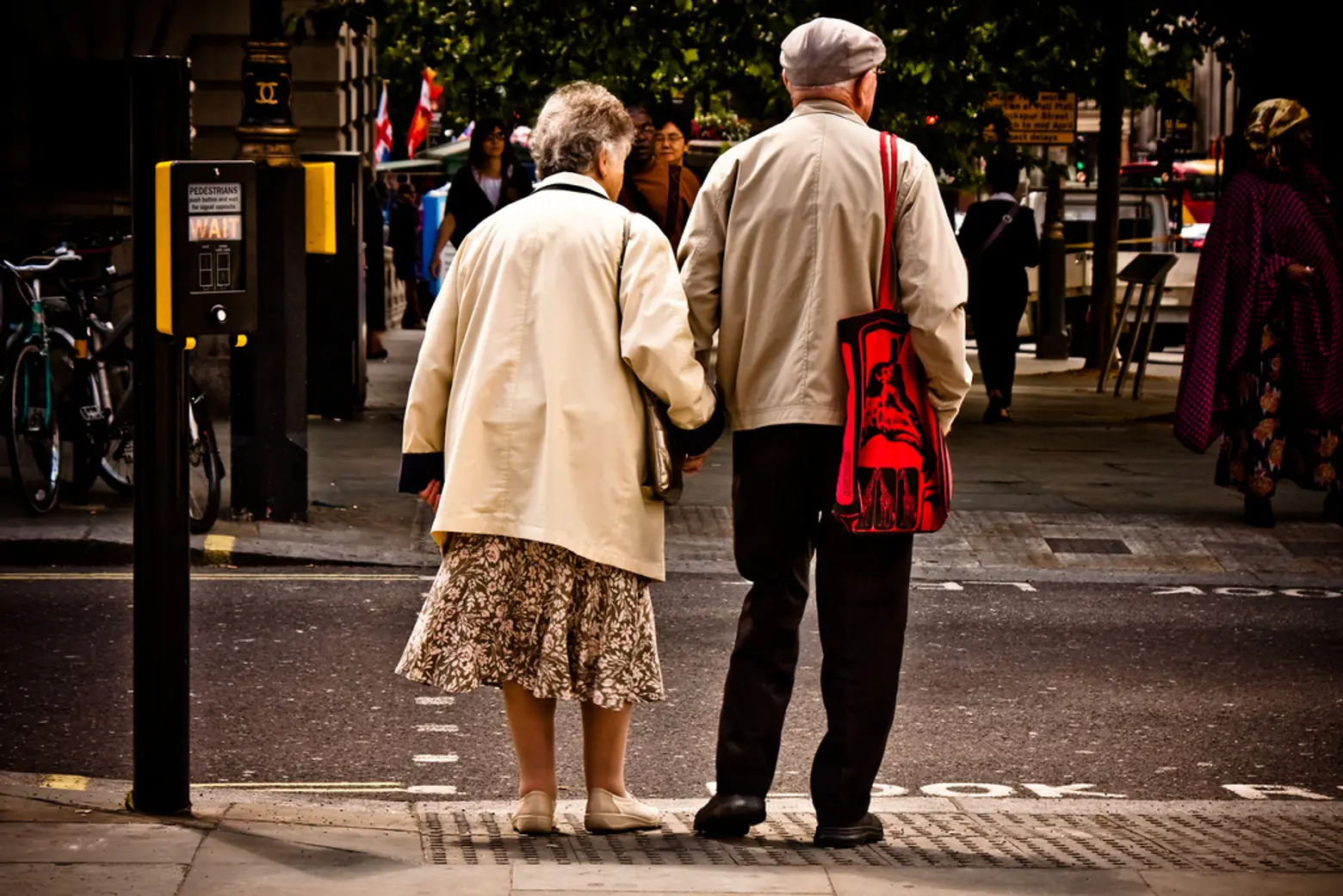
Photo via Flickr cc
More than 17 percent of New Yorkers are over the age of 60, and over the coming two decades, this number is expected to rise to well over 20 percent. To address the specific needs of older New Yorkers and to ensure the city is able to fully benefit from their presence, New York City has launched an Age-Friendly Neighborhoods Initiative. Modeled after similar initiatives in cities around the world, it is described as “an opportunity to build upon the rich experiences of older adults and leverage the strengths of local neighborhoods that make each New York City community unique.” This article explores what “age-friendly” neighborhoods look like and examines five NYC neighborhoods where at least 25 percent of residents are already 65 years of age or older, from the Upper East Side to Brighton Beach.
What constitutes an age-friendly neighborhood?
Back in 2002, the World Health Organization (WHO) released a Policy Framework on Active Aging, which guided the development of age-friendly health care services. More recently, the WHO has been promoting the need to build age-friendly environments and specifically, age-friendly cities through their Global Age-Friendly Cities project. As stated: “Making cities age-friendly is one of the most effective policy approaches for responding to demographic aging. One of the reasons for focusing on cities is that major urban centres have the economic and social resources to make changes to become more age-friendly and can thus lead the way for other communities within their countries.”
Every age-friendly city looks somewhat different because a key part of any initiative is talking to older citizens and responding to their specific needs, which do vary across regions and even from neighborhood to neighborhood within a city. That said, the WHO does outline three broad areas of focus: participation, health, and security and independence. Under each of these broader categories, the WHO lays out several specific criteria.
Participation
- Positive images of older persons
- Accessible and useful information
- Accessible public and private transportation
- Inclusive opportunities for civic, cultural, educational and voluntary engagement
- Barrier-free and enabling interior and exterior spaces
Health
- Places and programs for active leisure and socialization
- Activities, programs, and information to promote health, social and spiritual well-being
- Social support and outreach
- Accessible and appropriate health services
- Good air/water quality
Security and independence
- Appropriate, accessible, affordable housing
- Accessible home-safety designs and products
- Hazard-free streets and buildings
- Safe roadways and signage for drivers and pedestrians
- Safe, accessible and affordable public transportation
- Services to assist with household chores and home maintenance
- Supports for caregivers
- Accessible stores, banks and professional services
- Supportive neighborhoods
- Safety from abuse and criminal victimization
- Public information and appropriate training
- Emergency plans and disaster recovery
- Appropriate and accessible employment opportunities
- Flexible work practices
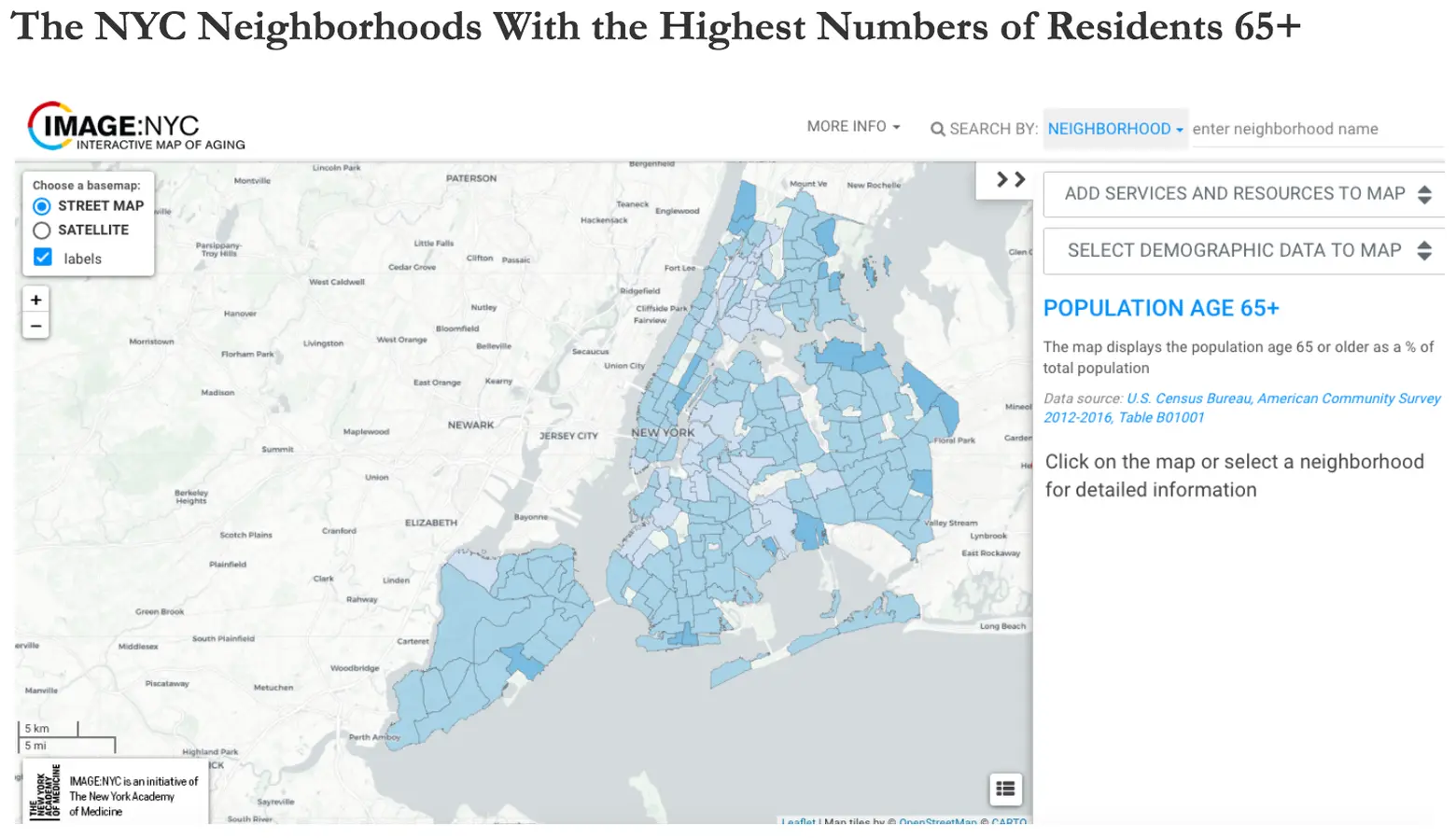 Source: Image NYC, An Interactive Map of Aging, The New York Academy of Medicine
Source: Image NYC, An Interactive Map of Aging, The New York Academy of Medicine
According to Image: NYC—An Interactive Map of Aging—only five NYC neighborhoods currently have a quarter or more residents who are 65 plus. These neighborhoods include West Brighton, Starrett City, Upper East Side-Carnegie Hill, Ft. Totten-Bay Terrace-Clearview, and Glen Oaks-Floral Park-New Hyde Park. But are the NYC neighborhoods with the highest percentage of older residents actually age-friendly? While some of these neighborhoods clearly do meet most of the standards outlined by the WHO, other neighborhoods with a high percentage of residents 65+ still have considerable work left to do.
West Brighton, Brooklyn
Residents 65+: 35.3%
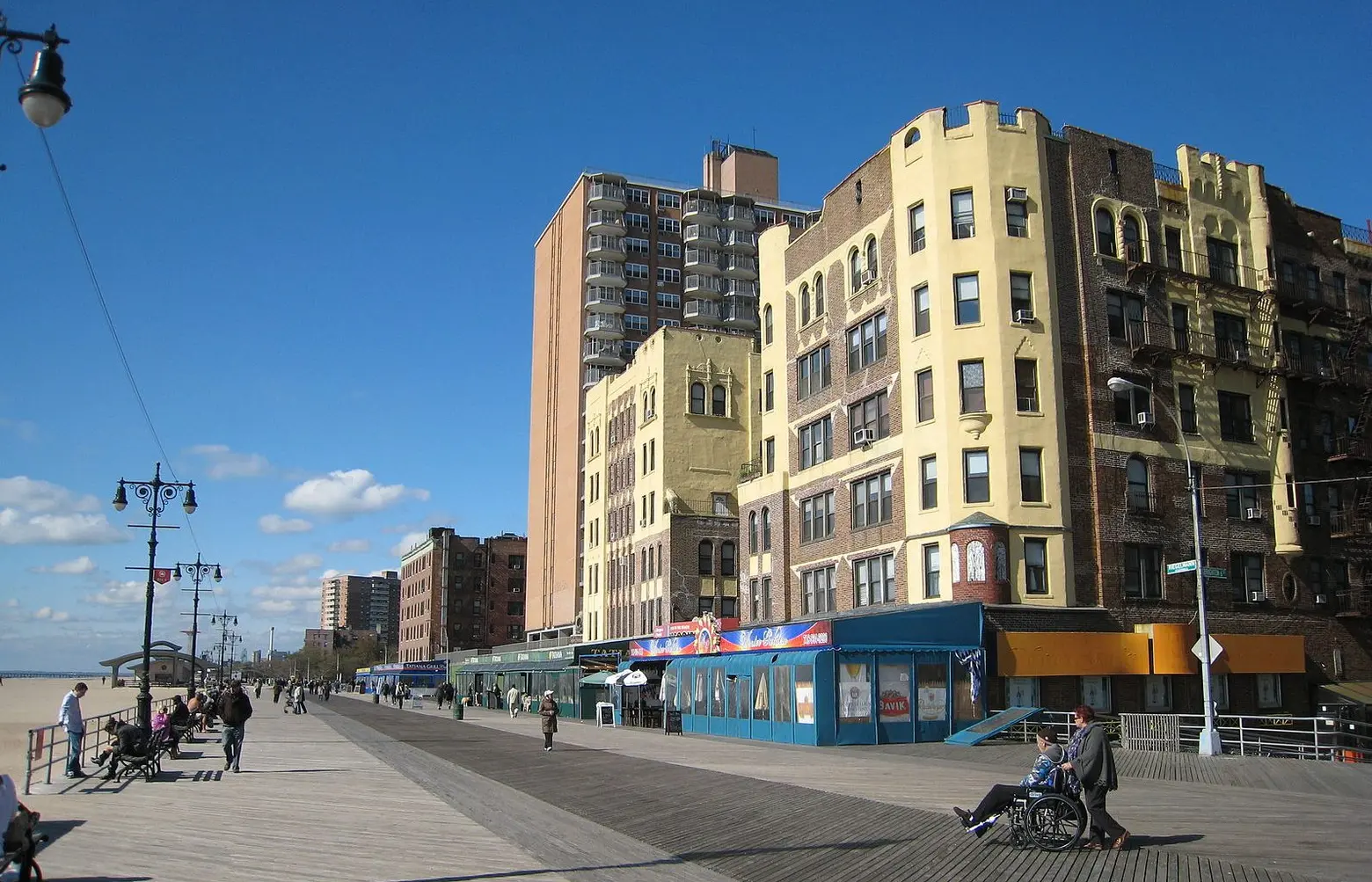 Brighton Beach boardwalk, via Wiki Commons
Brighton Beach boardwalk, via Wiki Commons
If you’re 65+ and looking to live in a neighborhood with a lot of other residents in your demographic, head to the west side of Brighton Beach, where 35.3 percent of residents are 65 years or older. To put this into perspective, some neighborhoods—for example, Williamsburg—have fewer than 7 percent of residents who are 65+. But is West Brighton as age-friendly as it seems?
First, there is no question that West Brighton does meet at least one WHO age-friendly neighborhood requirement—“places and programs for active leisure and socialization.” With a beach, boardwalk, and holiday vibe, West Brighton has all the makings of a Key West North. But the beach and boardwalk aren’t really what makes it age-friendly. While most of South Brooklyn lacks accessible transportation due to the fact that there are few accessible subway stops, West Brighton is serviced by at least one accessible stop—Coney Island-Stillwater. West Brighton properties also tend to get walk scores above 90, which is not the case for many nearby neighborhoods.
In terms of price, historically West Brighton has also offered great value, though a recent surge in development may be about the change this fact. Still, compared to many other NYC neighborhoods, there is a lot of value to be had in West Brighton where there are still many one-bedroom rentals priced under $2,500 a month and co-ops and condos priced under $500,000. Currently, access to medical services is a problem but starting in 2023, West Brighton will be serviced by a new hospital. All and all, West Brighton is already well on its way to meeting the WHO’s standards for an age-friendly neighborhood.
Starrett City
Residents 65+: 29.1%
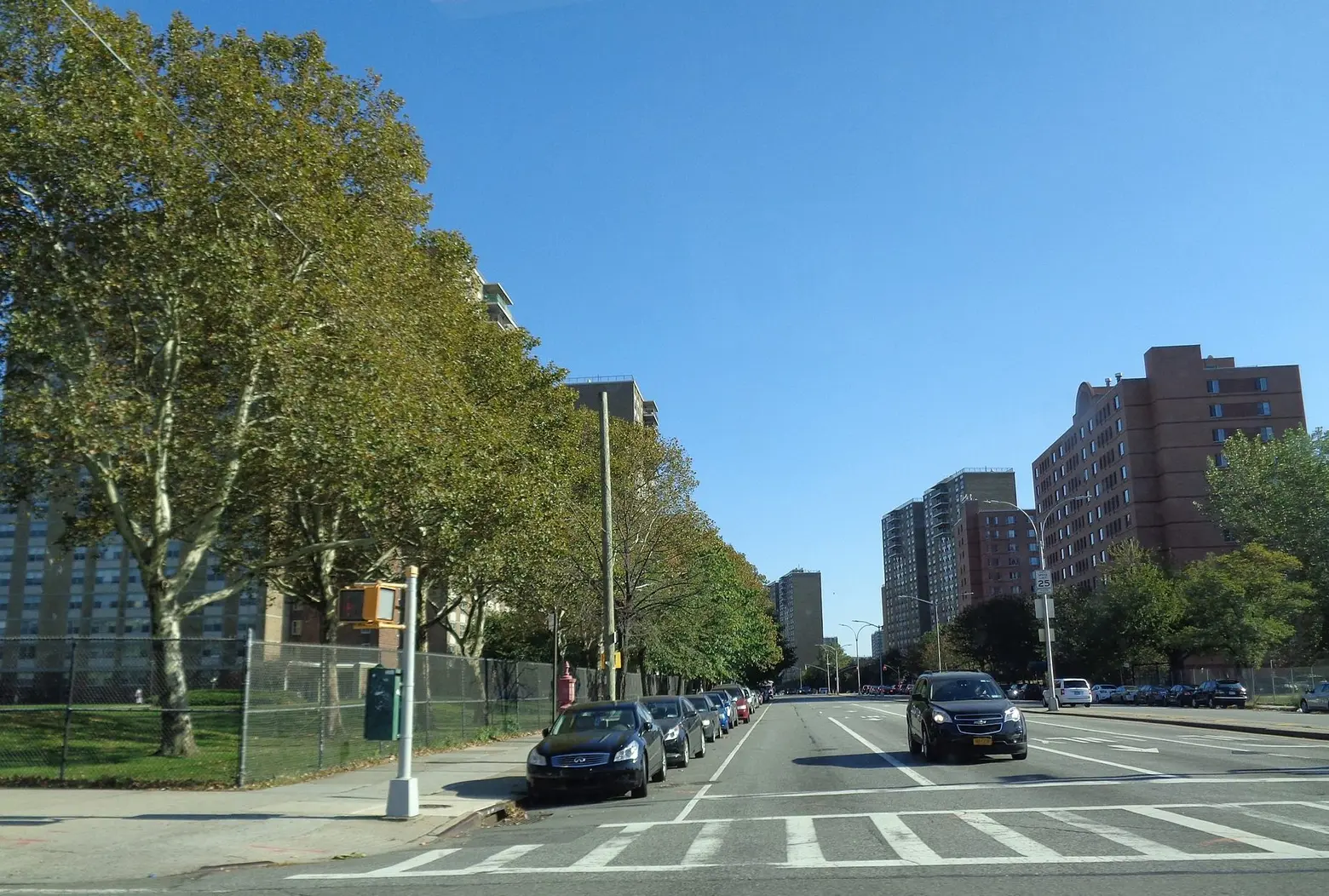 Starrett City via Wiki Commons
Starrett City via Wiki Commons
Starrett City, now known as Spring Creek Towers, is an east Brooklyn housing development comprised of 46 towers that broke ground in the 1960s and opened in the 1970s. The development, which is partially owned by Donald Trump (the Trump family hold a 4 percent share), has had a rather long and troubled history. The development’s age-friendly status is also questionable. Despite the fact that it has one of the highest 65+ populations in the city, Starrett City is not on any subway lines. However, this isn’t to say that Starrett City or Spring Creek Towers doesn’t have a lot going for it.
Depending on who you talk to, the development is deeply troubled or a vibrant community that has long offered middle-class amenities, including access to recreational facilities, to New Yorkers living on lower incomes. According to the NYU Furman Center, in 2016, residents of East New York/Starrett City report median household incomes of $38,621, which is about 34% lower than the citywide median household income. Since most residents qualify for Section 8s and only pay about a third of their income on rent, Starrett City is certainly affordability. In addition, it is an extremely safe neighborhood, which is patrolled not only by the NYPD and the development’s own private security contractors.
Upper East Side-Carnegie Hill, Manhattan
Residents 65+: 27.8%
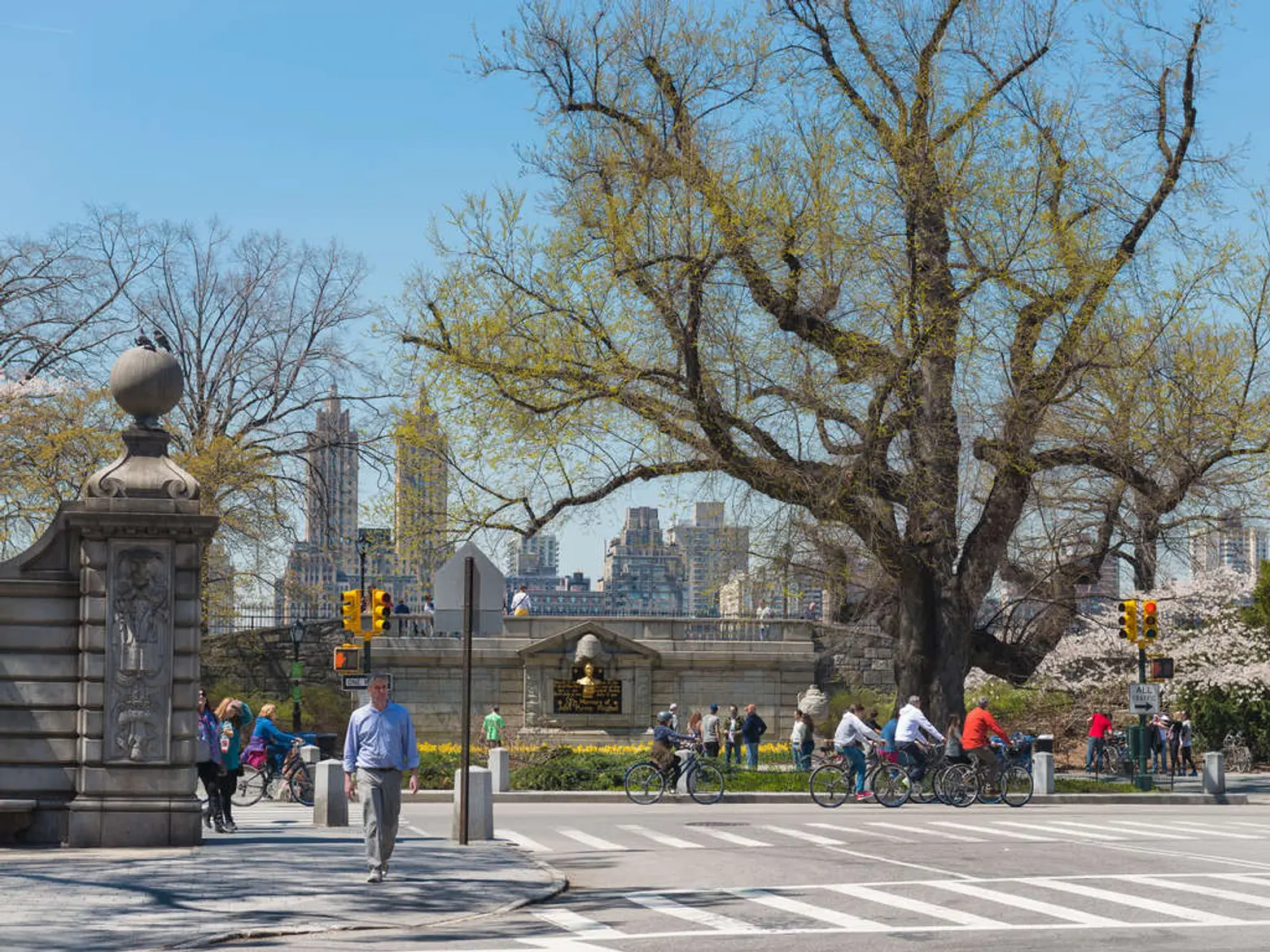 Photo of Central Park in Carnegie Hill via CityRealty
Photo of Central Park in Carnegie Hill via CityRealty
If you can afford the prices (it is one of New York City’s most expensive neighborhoods), the Upper East Side’s Carnegie Hill neighborhood has a lot to offer residents ages 65+. Among other things, the area offers access to the 4, 6, and now Q lines, though only the new Q stations are fully accessible. There are also more hospitals, health facilities, and doctors’ offices in the Upper East Side than nearly any other neighborhood in the United States. Other neighborhood advantages include great access to Central Park and dozens of cultural institutions, including The Met and the Guggenheim. Also, it’s home to some of the city’s highest walk scores and lowest crime rates. All this might explain why it is among the few NYC neighborhoods where more than a quarter of residents are 65+.
Ft. Totten-Bay Terrace-Clearview, Queens
Residents 65+: 25.8%
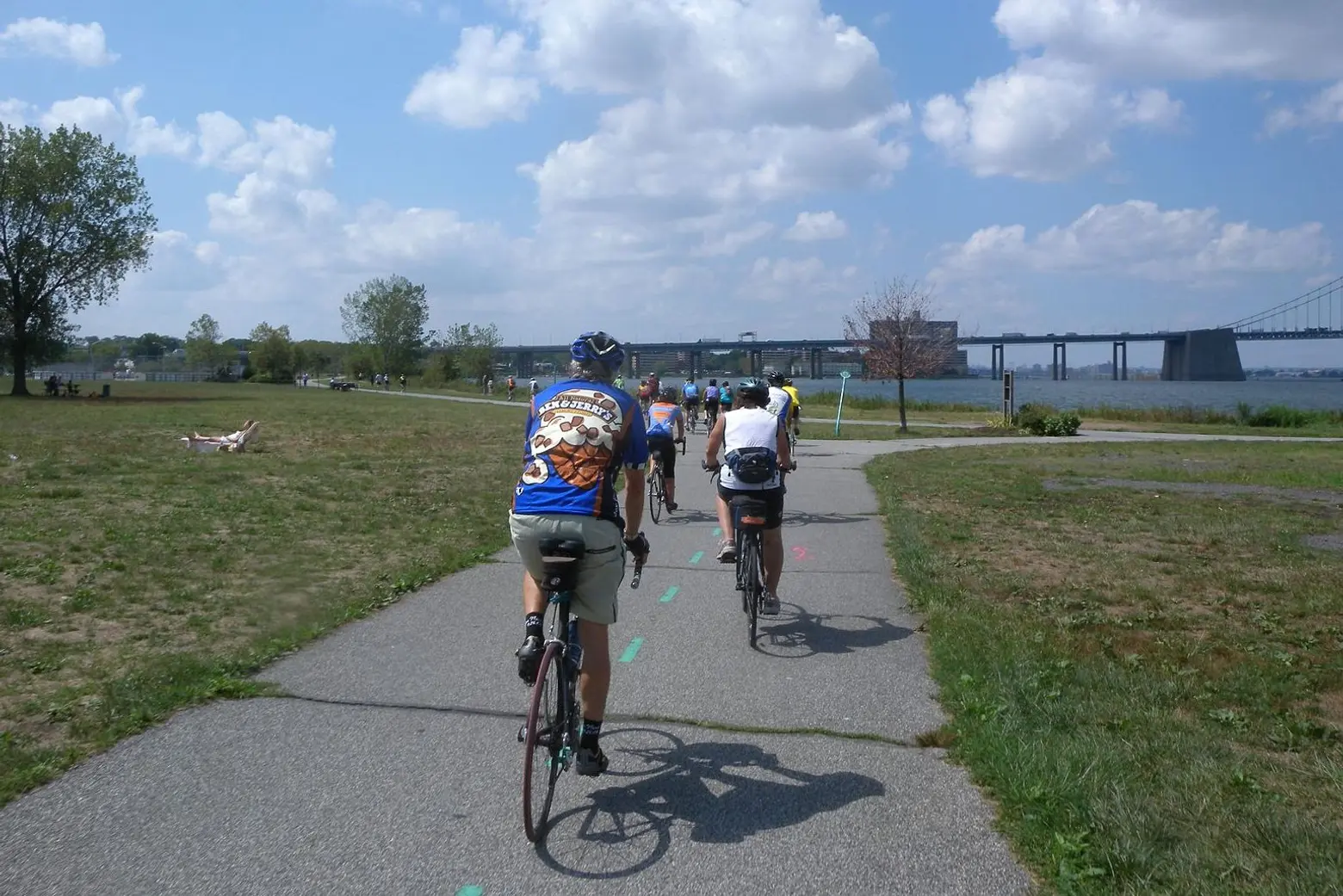 Little Bay Park in Bayside, via Wiki Commons
Little Bay Park in Bayside, via Wiki Commons
By the time you get to Ft. Totten-Bay Terrace-Clearview (all near the more commonly known Bayside), you might not feel like you’re in New York City at all. For many years, Ft. Totten was a military base. Later, it was repurposed as a park. As a result, the area is now home to ample green spaces. Located far from the center of the city, prices are also attractive. It is still possible to rent an entire three-bedroom home for under $3,500 a month. For older residents, however, the neighborhood isn’t perfect. With few accessible MTA stops and generally low walk scores, the neighborhood can pose challenges to some older residents, especially those who rely on walkers or wheelchairs.
Glen Oaks-Floral Park-New Hyde Park, Queens
Residents 65+: 24.7%
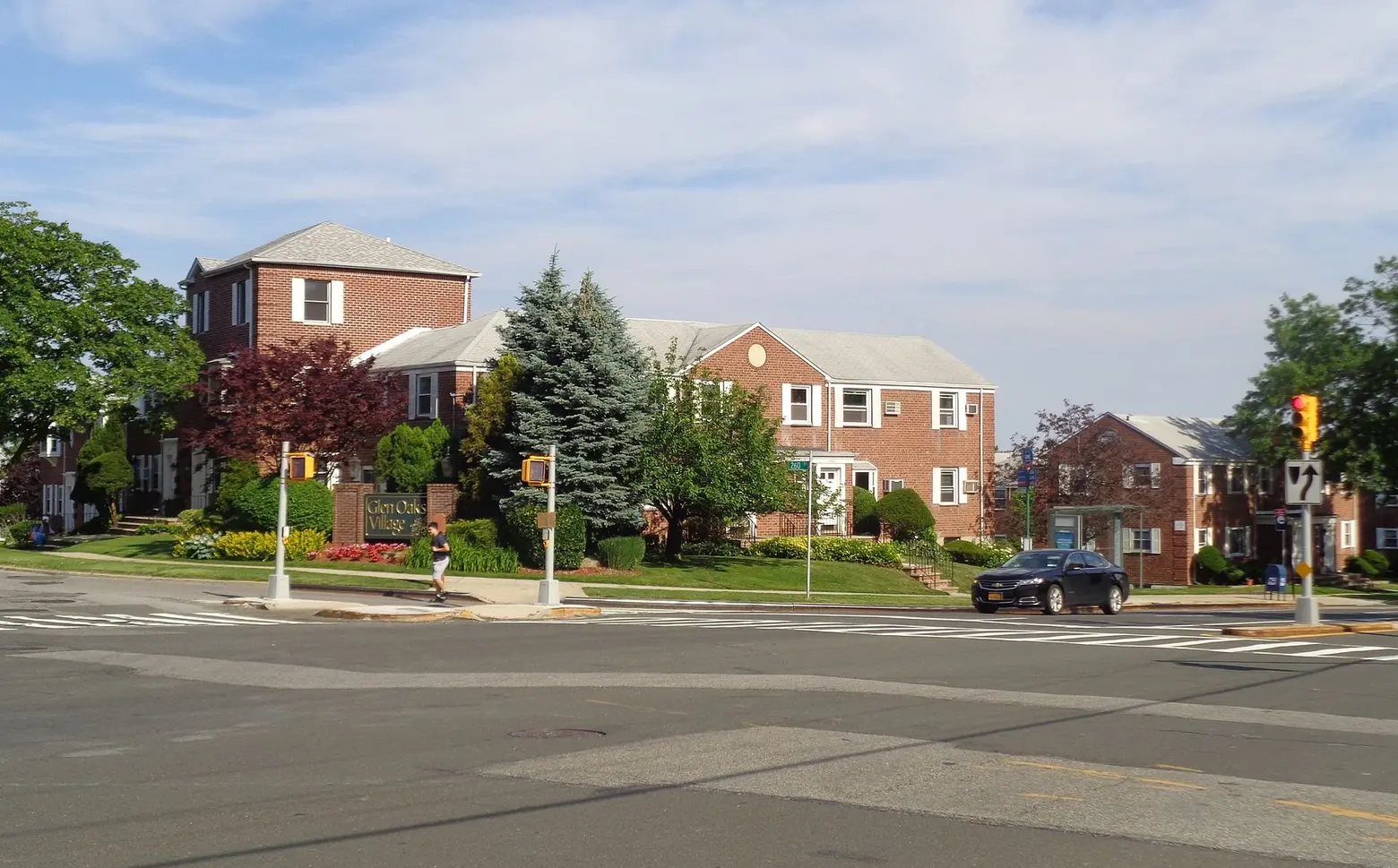 Glen Oaks Village, via Wiki Commons
Glen Oaks Village, via Wiki Commons
Affordability is Glen Oaks-Floral Park-New Hyde Park’s most notable appeal. In this set of Long Island-adjacent neighborhoods, which are so far from Manhattan that you really do feel like you’re in a village or small town rather than one of New York City’s five boroughs, you can still buy a co-op or condo in the $300,000 range and an entire home for under $800,000. With many addresses’ walk scores dipping into the 30 percent range, however, these Queens neighborhoods are far from pedestrian friendly. Access to local services, hospitals, and community centers is also limited compared to many other New York neighborhoods.
If you’re 65+ and seeking resources and support in your New York City neighborhood or want to offer feedback on how to make your current neighborhood more age-friendly, visit Age-Friendly Neighborhoods.
RELATED:
